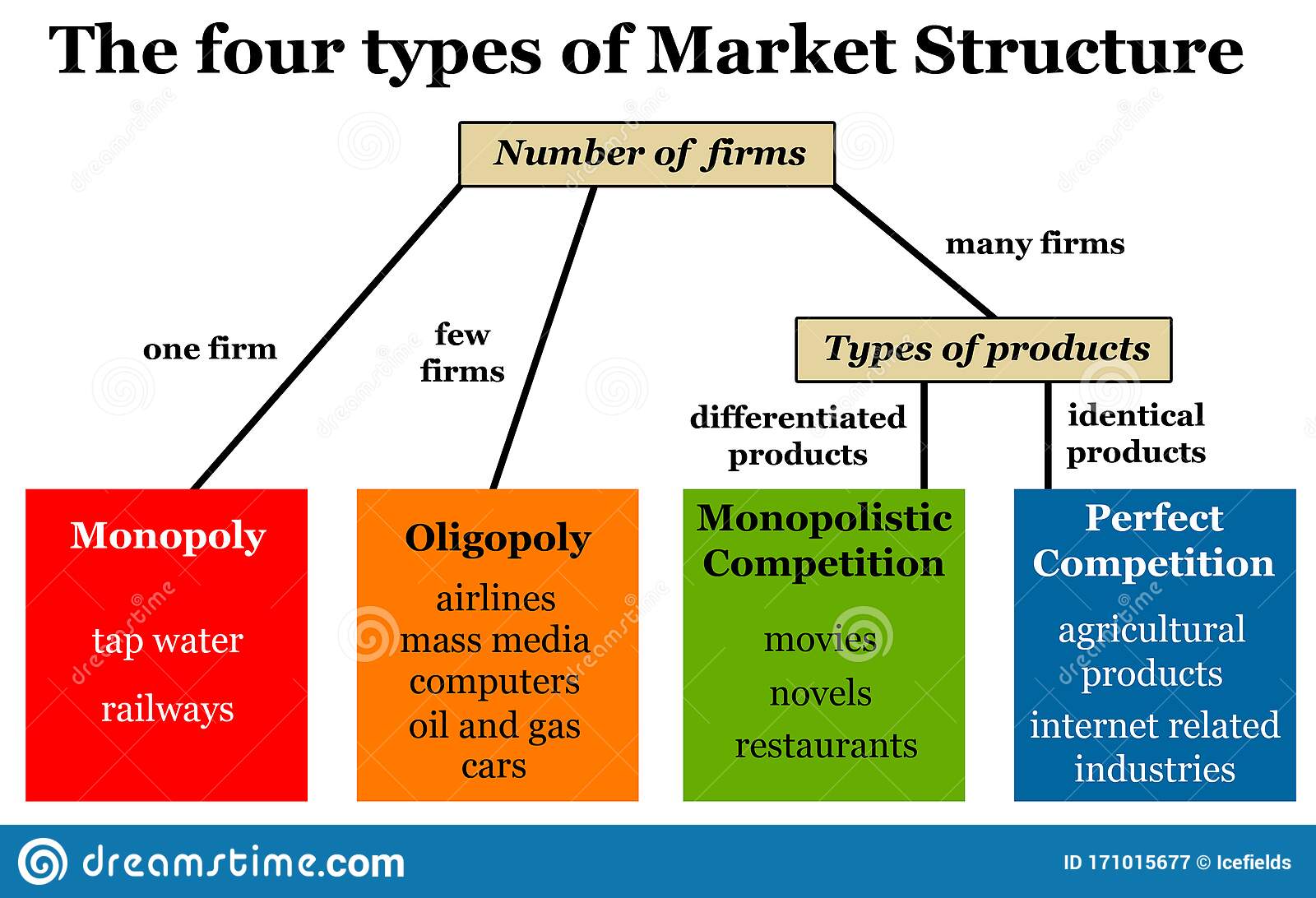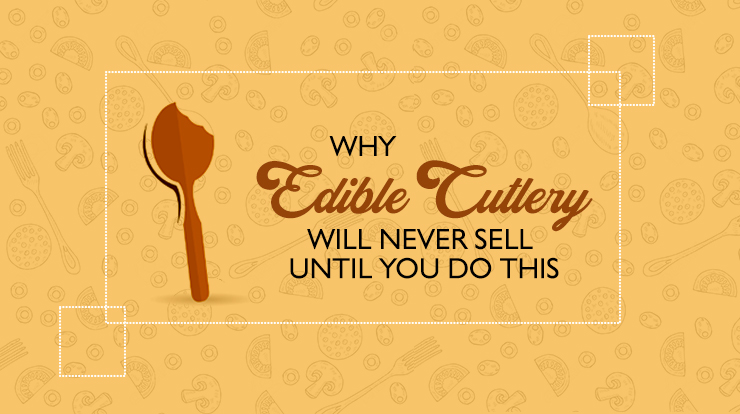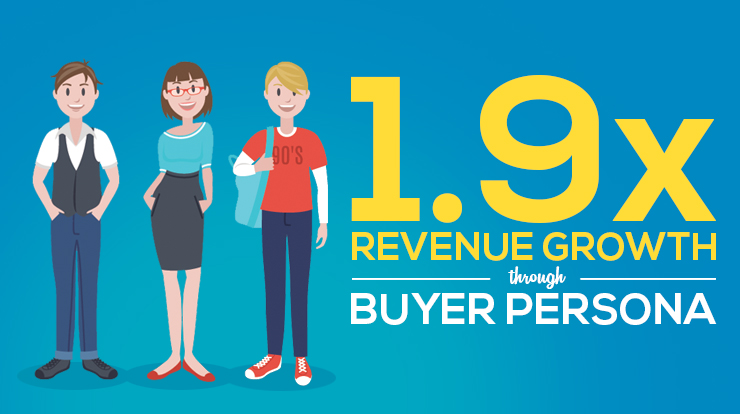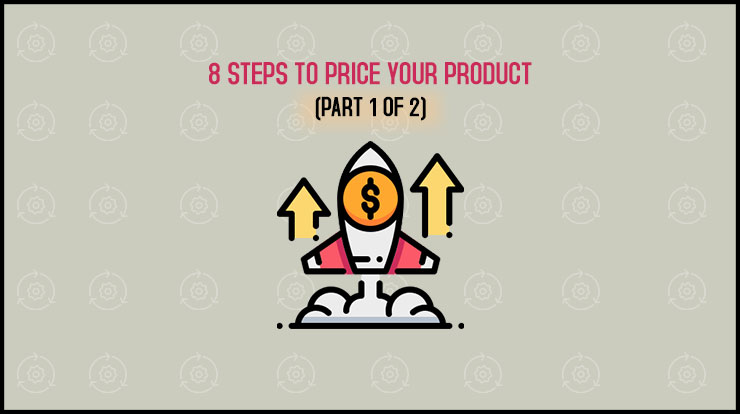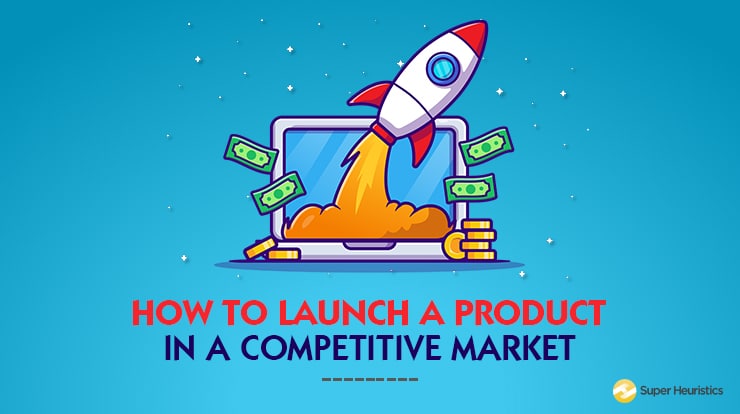
You want to know how to launch a product in a competitive market. But here's the first thing that you need to ask yourself.
What do they want?
If you have read my previous article on What is Marketing, in which I talk about Needs and Wants, you would know that this is the ultimate Marketing Question. Someone might think that this question is only referred to “what product people want”.
But the what contains also the how, when, where.
It is the entire offering, the experience that there is. It is the way they want you to propose the product, the way you sell, the way you charge, the way you give them assistance.
If you stop at the literal meaning of what (Again: what product) you can get yourself in a myopic situation.
'Not Crowded' does not mean 'Not Competitive'
I learned this after being a part of a horrible mistake at my previous work experience. Let me first tell you what’s competitive.
Let’s say you want to launch a new business and you want to work with something “sure”. Something, some product that you know it would work. So you ask yourself: what is that people are buying more nowadays?
Smartphones? Leather Shoes?
Any of these kinds of categories will throw you into something that is usually considered dangerous and tough - highly competitive and highly crowded market.
Or you might want to get into the airline industry and offer low-cost tickets. What do you think this market is like? It is certainly very competitive with all the price wars and everything. But it’s not crowded. At least not in India.
We, at my last workplace, launched a product in a market that was not crowded. It was a mobile tablet-based MBA test preparation course. It ran for about 8-10 months and didn’t sell more than a 100 units in its entire lifetime.
In retrospect, I would say, why we did it in the first place was a foolish conviction.
Firstly yes, this seemed like a good thing to do because the market wasn’t crowded. Where we went completely haywire was in believing that not crowded means not competitive.
This was wrong!
You can have a market which has just one other player apart from you and it could still give you a tough competition. Price wars, offering better value - these are the signs of high competition.
And that’s what happened to us. We got beaten by two or three things at the same time.
Another company that was offering a tablet-based product spent more on advertising. It got recently funded by a company for $1 million dollars and it had all the money to all of that. It wasn't just about the promotion.
They were really able to change as per the market when required. They understood what the students want. So, while we sold that tablet, that company offered it on rent for a certain period of time till the exam and after that, you could return it to them.
And that company really gave us all the competition we hadn’t anticipated.
At the same time, it is important to mention - we did have a really snaggy product on our hands. So while we offered better value in terms of the content (we were sure that we did), we were wronged by a product which, we came to know eventually through feedback, was not technically stable.
Types of Market Competition
Before we get into the key factors to consider before deciding how to launch a product, let’s begin by understanding the types of competition that exist in a market place depending on the number of buyers that compete in it.
Monopoly
In India, there is only one player that is allowed to control and run the railway system and that’s the Indian Government. It’s because this way the prices can be kept low and incentivize the public. This is an example of real-life monopoly.
In this type of market, there exists only one major player who controls the supply of a commodity in the market. Another example could be the company Luxottica which is speculated to own about 80% of the eyewear market.
Oligopoly
Consider the example of Indian Telecom industry. It has a few numbers of players who among themselves control the whole industry. Just Reliance Jio, Bharti Airtel and Vodafone Idea together have a market share of 87% as of June 2020.
Oligopoly is defined as a market dominated by a small group of large sellers. The players might either form collusion to reduce competition and increase the price for the end customer in case of cartels. Or they might compete heavily with each other which might lead to a price war in the case of the Telecom sector in India.
Monopolistic Competition
Consider an example. You go to a Chinese restaurant and try out a few dishes and pay a certain price for them. The next weekend you got to a Mexican restaurant and try out Tacos and Burritos and pay what they charge.
Though both the restaurants compete in the same industry, their products are not substitutes for each other and the pricing of the Chinese restaurant does not impact the sales of the Mexican restaurant.
The above system describes Monopolistic competition. In this, many firms offer products or services that are similar but are not perfect substitutes to each other. The barriers to entry and exit are very low in this system and the decisions of one player do not affect the other.
Perfect Competition
Finally, perfect competition. When you go to a local market to buy vegetables it most likely happens that you ask the price of a vegetable from more than one vendor and then buy from the person who sells it to you at the cheapest price. This eventually leads to all of the vendors setting the same price to drive sales.
This is a state of perfect competition in which multiple players compete in a market to sell undifferentiated products at a price determined by the market. This is exactly the opposite of a monopoly.
Coming back to High Competition
Now, here's what's the problem when you start to think about how to launch a product in a competitive market.
Usually, the higher the number of people wanting to buy something, higher will be the number of people wanting to provide it. So unless you are the first or one of the pioneers, you have to stand out of a crowd and keep walking tall for the rest of your business life.
How do you do that?
Let’s see how to launch a product in a competitive market.
1. Find your Why
Again: if your only reason is “everyone out there is talking about it so it must be a good thing to invest in” then you are wrong.
There is a famous story about John. D Rockefeller. He was getting his shoes cleaned by a man on the street and suddenly this man started talking about the stock market.
Now, something occurred to Rockefeller, he took it a signal and got his stocks out of the stock market in a rush. He was just in time to get the value from his investments before the beginning of the Great Depression when all those stocks lost all their value.
This Rockefeller principle can be expressed with “if even the guy who shines shoes in the street talks about the stock market it means something wrong is going to happen”.
Now, this doesn’t mean that any popular product or service is a bubble that can burst anytime. But what I am making you look at here is that the first thing you need to do is find your 'why'.
Your WHY must answer the question “Why I think there is still space on the market for me?”
Possible Answers:
So, if again we talk about the smartphones market as crowded as it is, in 2013 the world was all about Apple and Samsung. Now you have One Plus, that is taking market shares from both sides and a lot of other competitors are still growing. One Plus thought they could make it more affordable with quality.
They found a promise and they delivered.
What is that you will do to take your position in a crowded market? What is that you can do?
2. Find the customer's Why
This is something which drives the point home. I recently came across this in a B2B lecture conducted by Prof. Rajesh Pandit, a really eminent professor of B2B marketing.
This is the concept of ‘job-to-be-done’. The idea is to not focus on your product as a marketer. The idea is to focus on the job your customer is trying to do with your product. And that’s one of the sure-fire ways to make sure that you stand out of a crowded and competitive marketplace.
If your customer is buying a product X from you to do a job Y with it. The entire market is offering X or similar things like X. But the question is can you offer a Z, a different product that can still make hi achieve job Y, in a better way?
3. Make it look cooler, AKA Marketing
When we think about marketing no one thinks about the literal definition of it “putting something on the market to be sold”. With time marketing became an art, or as some would say, a mix of science and creativity.
Imagine for example two bakeries on the same road. They started in the same year and provide more or less the same quality and type of products. One uses social media another doesn’t. The one on social media doesn’t just “post”, in fact, they hired a graphic designer and they post cool comics about bread.
They do a creative content marketing, they do contests. Nothing changes in the product itself but they make it cooler.
And people want the cool things.
Let’s get controversial.
Richard Stallman is one of the pioneers of the tech age, founder of the GNU Project, and an activist of the open source. Stallman used to refer to Apple Products as “Jails. Cool ones”.
For a free software/open source supporter, Apple products, which are actually not that flexible at all, are literally cool jails.
And if you think, this is the truth.
Think about this: you are home with your friends, they all have Android phones from different brands while you have an iPhone.
If their phones run out of battery, 80% of the cases all of them they can use someone else’s charger even if it is from different brands. You can’t, but still, you feel cooler.
My friend’s OnePlus has a better hardware than my iPhone, which is priced more than double of what One Plus is. But still, it’s cool.
So Apple keeps launching new expensive smartphones with less powerful hardware and less functionality than others (jury open for debate in the comments section) in a crowded market but they are still the coolest thing.
So, once you find your 'why', whatever is it, marketing is the key.
4. Data can make you a Winner
After reading the first 2 points, you must be more confused than ever. And maybe you are still wondering, asking yourself “Yes, but HOW?”.
Here is the third way you can find success in a market that is highly competitive.
Be equipped with the best information you can find, as information is power in our world. Having a better value isn’t enough. You have got to show it to your customers that you offer a clearly superior value than your competitors.
So if you offer a laptop that doesn’t hang as much as others do, you must get your hands into the data, maybe conduct a data-driven research and tell the customer the impact your superior technology would make in his life.
“Our laptop will increase your employees’ productivity by 25% and will lead to roughly ₹1.2 Cr growth in turnover”.
Hypothetical, but it does make an impact, doesn’t it?
5. Plug their Loopholes
If you want to know how to launch a product in a competitive market then do this. For your market, you should already know who are the bigger players. So look around to see what people say about them.
Spend days on reviews websites, social media, forum, groups, see what those big players say of each other, see what their spokesperson says, what the press says.
And then see what can you do better. Are their complaints on their page about some feature of the product? Good, you can create a narrative where your product is stronger on that feature. People say they love it but it’s too expensive? Be a more affordable version…
Whatever you want to be, dig deep in the mud of the web. There is a plenty of information that you have to review, analyze, structure into spreadsheets for you and your team but it’s there.
Don’t treat Humans as Numbers, but numbers as humans.
6. Be a Customer
The ultimate test is to go and buy 5 products that you will directly compete with. Which one do you prefer? Which one do you dislike? Is there any of them that you actually would use rather than your own?
Reverse Engineering always works and it’s not about stealing production’s secrets but to stop thinking like a seller and to remember that even you are also a buyer. There is a moment where you have to forget for a while all the data and ideas you have as a company and engage in user experience from the user’s end.
To triumph in a highly competitive market, you need to get in your head the idea that you are offering something to buyers, you are not throwing a net in the sea fishing for money.
“Men who wish to deal with one another must deal by trade and give value for value.”
Conclusion
We looked at different types of consumer market structure, and their unique characteristics. But, more importantly, you would have understood the steps to come back into business stronger than ever, by ensuring few pointers -
- 1Find your Why
- 2Find the customers' Why
- 3Make it look cooler, AKA Marketing
- 4Data can make you a winner
- 5Plug their loopholes
- 6Be a customer

